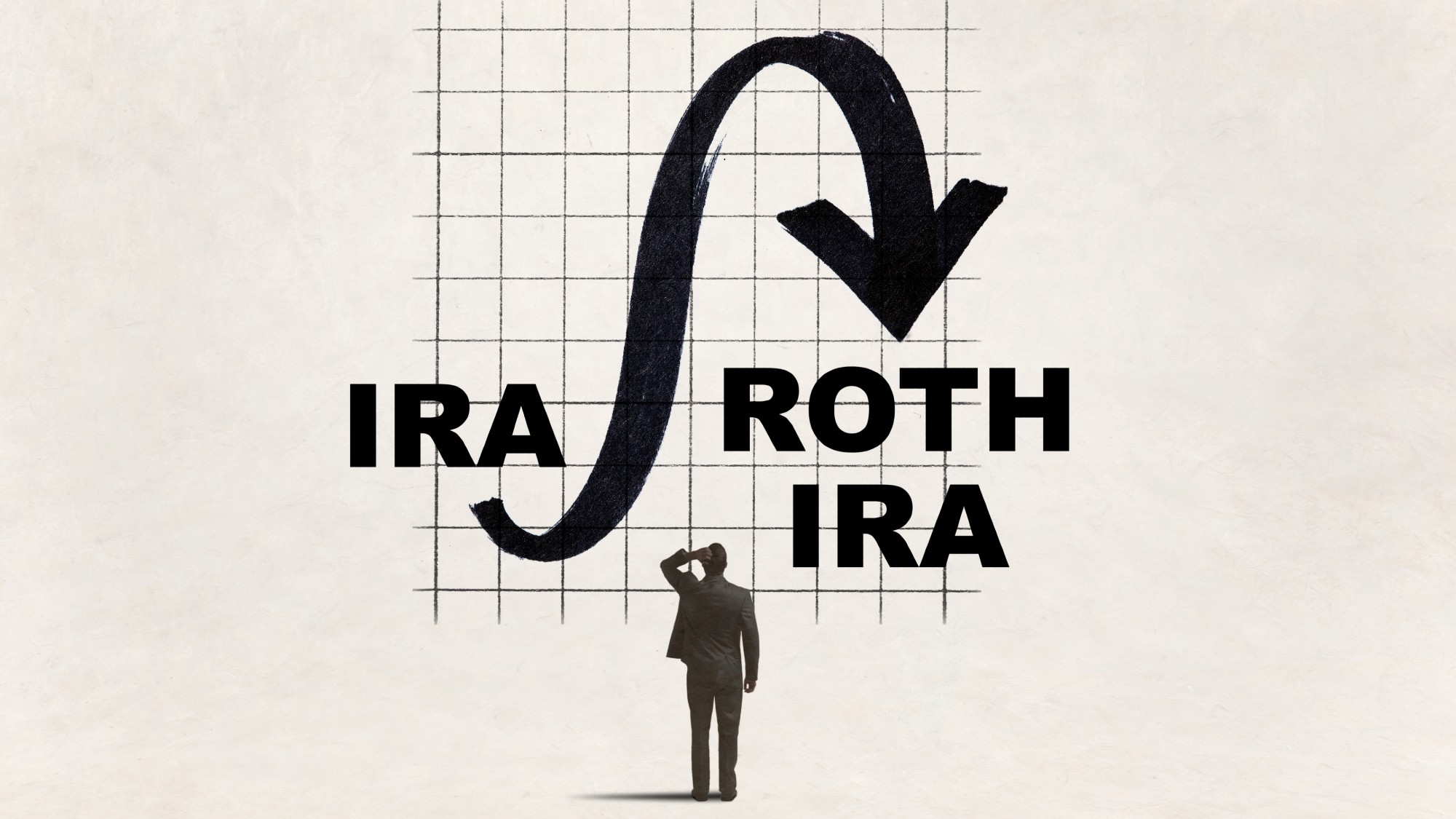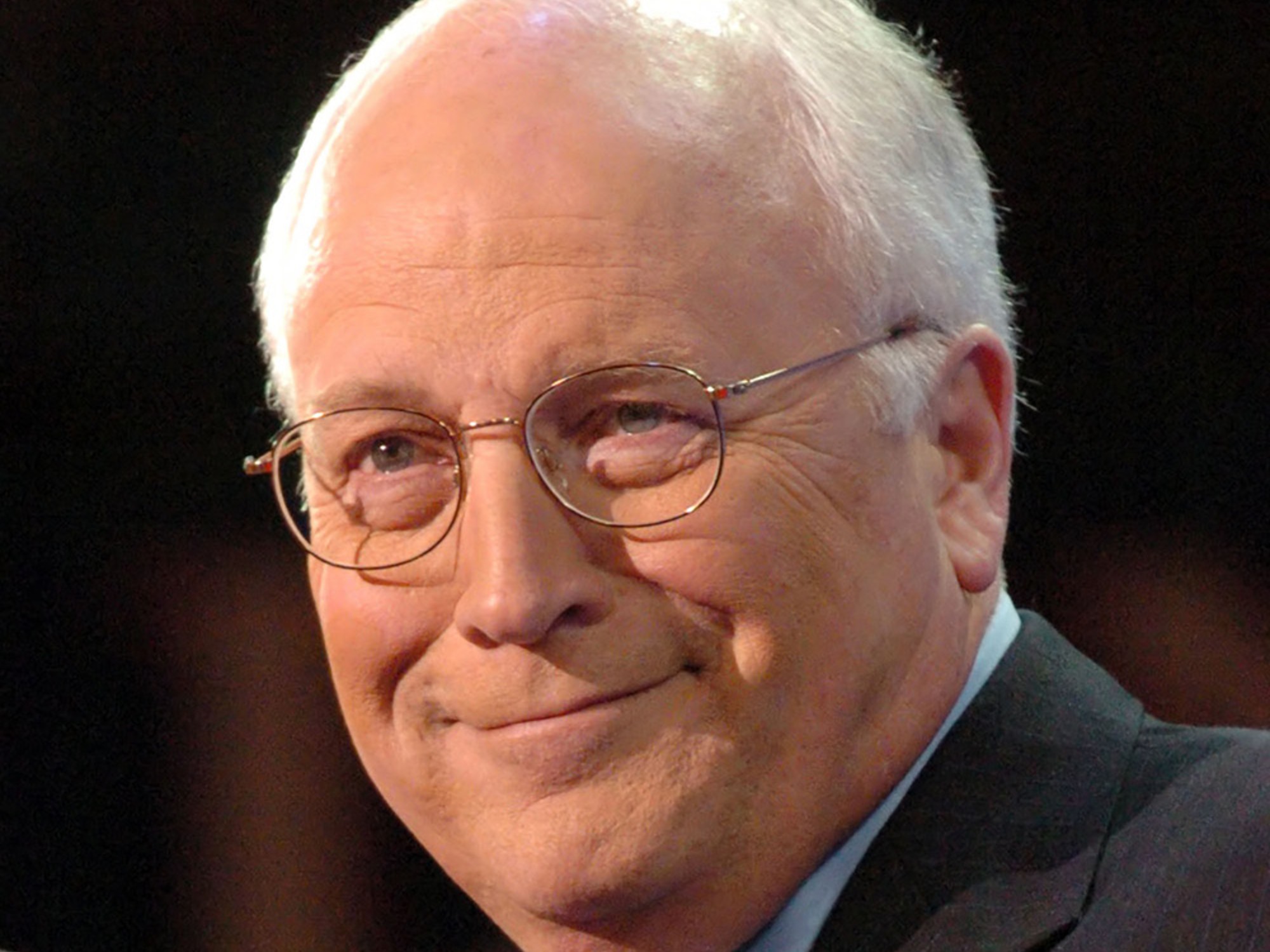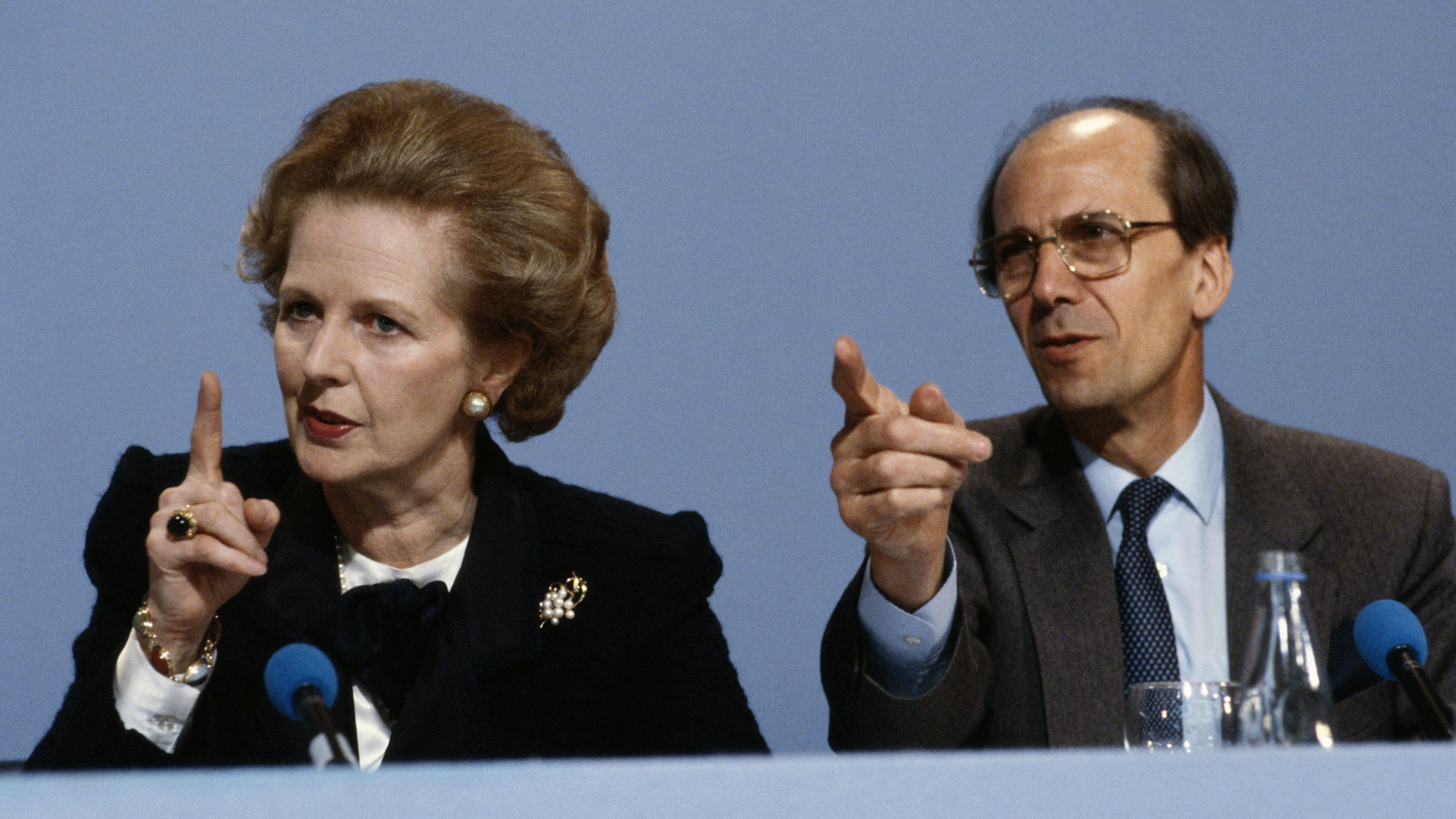Miguel de la Madrid, 1934–2012
The president who led Mexico in hard times
Upon leaving office in 1988, after six turbulent years as president of Mexico, Miguel de la Madrid delivered a terse appraisal of his term. “I took a country with great problems,” he said, “and leave it with problems.”
De la Madrid’s presidency was a “grim time for most Mexicans,” said the Associated Press. After a “rapid but unflashy climb” through the ranks of government, De la Madrid was tapped for office in 1982, just months before Mexico defaulted on $80 billion of debt. The new president inherited a 150 percent inflation rate and a plummeting economy. But De la Madrid “pulled Mexico back from economic collapse,” raising taxes, slashing the budget, and imposing price and wage controls.
On top of this “economic catastrophe,” said the Los Angeles Times, came a real disaster—the 1985 Mexico City earthquake, which left at least 9,000 people dead. The government was shamefully slow to react to the catastrophe, and De la Madrid himself “was nowhere to be seen.” That failure of leadership energized the political opposition, and in the 1988 election, “Mexico’s hidebound political system began to open.” The president’s “hand-picked successor,” Carlos Salinas, narrowly defeated his leftist opponent in “a vote that most Mexicans believe was stolen.”
The Week
Escape your echo chamber. Get the facts behind the news, plus analysis from multiple perspectives.

Sign up for The Week's Free Newsletters
From our morning news briefing to a weekly Good News Newsletter, get the best of The Week delivered directly to your inbox.
From our morning news briefing to a weekly Good News Newsletter, get the best of The Week delivered directly to your inbox.
Anger over that election led to reforms that ultimately broke the authoritarian system for good in 2000, when an opposition party finally won the presidency. “What Mexico has changed for good in the past 25 years,” said Salinas, “started with De la Madrid.”
A free daily email with the biggest news stories of the day – and the best features from TheWeek.com
-
 The Week Unwrapped: Have pedigree dogs had their day?
The Week Unwrapped: Have pedigree dogs had their day?Podcast Plus what can we learn from Slovenia’s rejection of assisted dying? And can politicians admit their weaknesses?
-
 4 often overlooked home maintenance tasks that could cost you later
4 often overlooked home maintenance tasks that could cost you laterThe Explainer A little upkeep now can save you money down the road
-
 What are the pros and cons of a Roth conversion for retirement?
What are the pros and cons of a Roth conversion for retirement?Pros and Cons By converting a traditional IRA to a Roth IRA, retirees can skip paying taxes on their withdrawals
-
 Dick Cheney: the vice president who led the War on Terror
Dick Cheney: the vice president who led the War on Terrorfeature Cheney died this month at the age of 84
-
 Has Zohran Mamdani shown the Democrats how to win again?
Has Zohran Mamdani shown the Democrats how to win again?Today’s Big Question New York City mayoral election touted as victory for left-wing populists but moderate centrist wins elsewhere present more complex path for Democratic Party
-
 Millions turn out for anti-Trump ‘No Kings’ rallies
Millions turn out for anti-Trump ‘No Kings’ ralliesSpeed Read An estimated 7 million people participated, 2 million more than at the first ‘No Kings’ protest in June
-
 Ghislaine Maxwell: angling for a Trump pardon
Ghislaine Maxwell: angling for a Trump pardonTalking Point Convicted sex trafficker's testimony could shed new light on president's links to Jeffrey Epstein
-
 Norman Tebbit: fearsome politician who served as Thatcher's enforcer
Norman Tebbit: fearsome politician who served as Thatcher's enforcerIn the Spotlight Former Conservative Party chair has died aged 94
-
 The last words and final moments of 40 presidents
The last words and final moments of 40 presidentsThe Explainer Some are eloquent quotes worthy of the holders of the highest office in the nation, and others... aren't
-
 The JFK files: the truth at last?
The JFK files: the truth at last?In The Spotlight More than 64,000 previously classified documents relating the 1963 assassination of John F. Kennedy have been released by the Trump administration
-
 'Seriously, not literally': how should the world take Donald Trump?
'Seriously, not literally': how should the world take Donald Trump?Today's big question White House rhetoric and reality look likely to become increasingly blurred